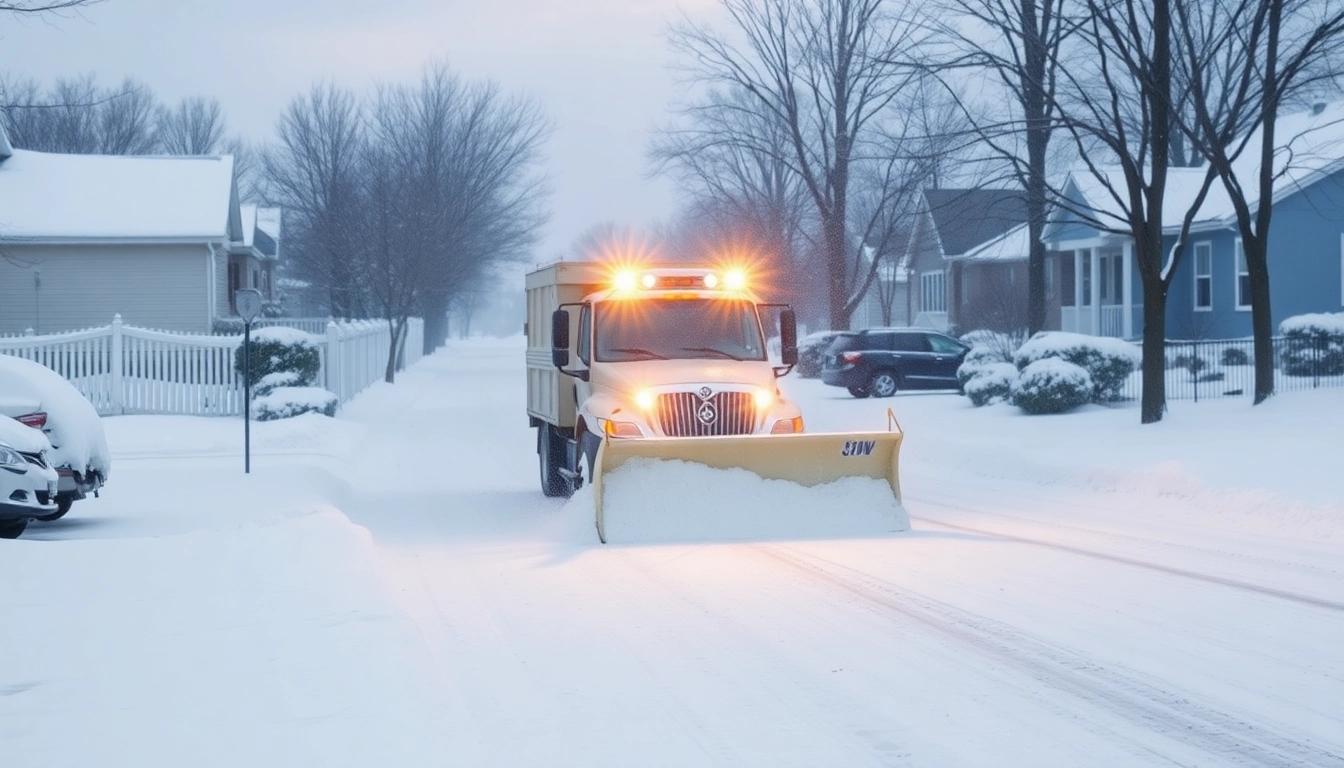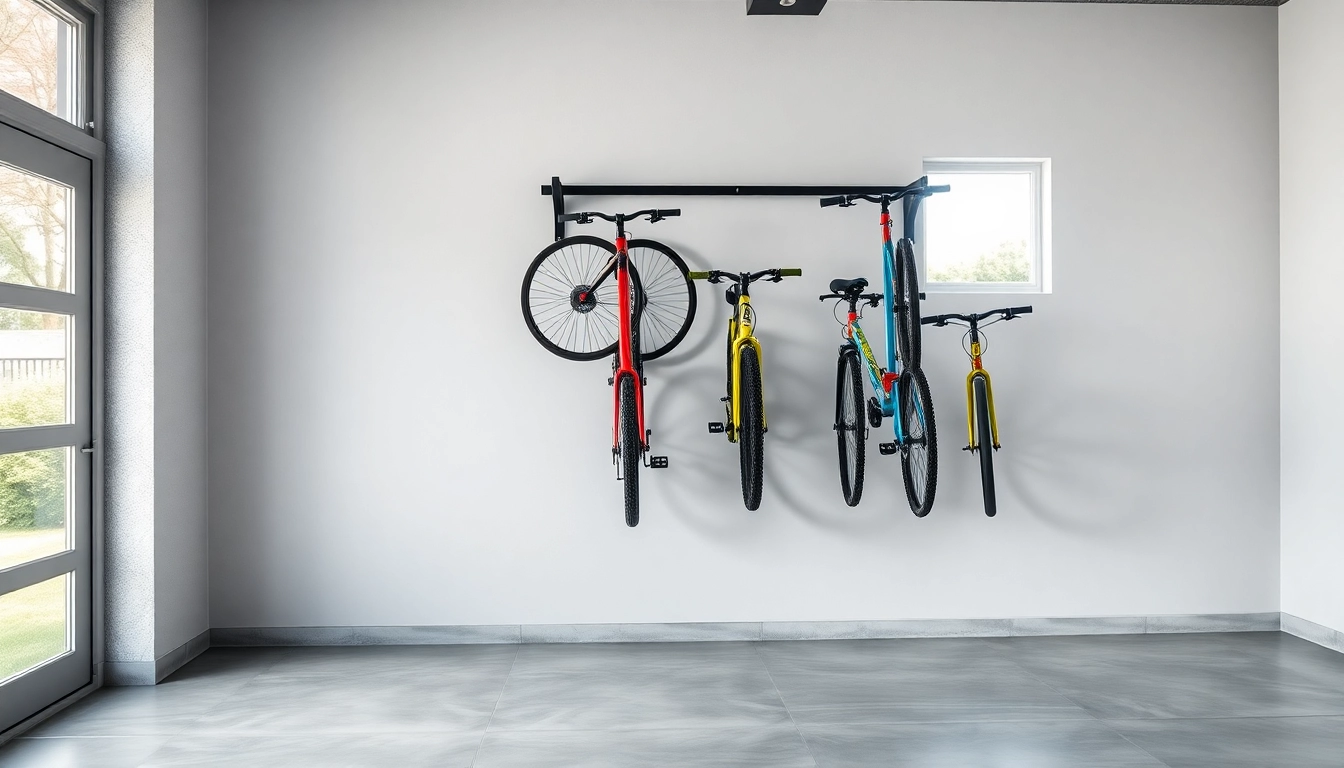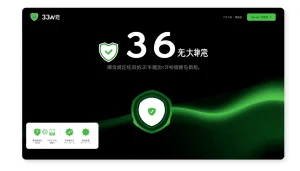Essential Tips for Effective Snow Removal: Keeping Your Driveway Clear This Winter
Understanding Snow Removal Basics
Snow removal is an essential winter activity that helps keep our streets, driveways, and sidewalks safe during heavy snowfall. Proper snow removal ensures a clear path for pedestrians and vehicles, preventing accidents and maintaining accessibility. Understanding the fundamentals of snow removal will help homeowners and businesses make informed decisions about their strategies and tools.
What Is Snow Removal?
Snow removal refers to the process of clearing snow and ice from roads, sidewalks, driveways, and other surfaces. It includes multiple methods, ranging from traditional shoveling to advanced snow blowing and plowing. Individuals typically perform snow removal manually at home, while municipalities or hired services often handle larger areas like public roads and commercial properties.
Why Snow Removal Is Important
The importance of snow removal cannot be overstated. With significant snowfall, roads and pathways can become hazardous. Effective snow management enhances safety by:
- Reducing the risk of slip and fall accidents
- Ensuring emergency vehicles can access necessary locations
- Maintaining the flow of traffic, thus preventing roadblocks and congestion
- Enhancing the aesthetic appeal and accessibility of neighborhoods and commercial spaces
Types of Snow Removal Methods
There are various methods for snow removal, each suitable for different environments and conditions:
- Manual Shoveling: The most basic form of snow removal, using a shovel or snow scoop.
- Snow Blowers: Powered machines that eliminate the need for manual labor, ideal for larger areas.
- Plowing: Uses a truck-mounted plow to move snow quickly, common for driveways and parking lots.
- Salt Spreading: Helps melt ice and prevent its formation, ensuring safer surfaces.
Choosing the Right Tools for Snow Removal
Selecting the right tools for snow removal is critical for efficiency and effectiveness. The appropriate tools can save time and labor, while also promoting safety. Here’s a breakdown of various options available.
Manual Tools vs. Mechanical Equipment
When determining whether to use manual tools or mechanical equipment, consider the size of the area to be cleared and the depth of the snow:
- Manual Tools: Shovels, snow scoops, and ice scrapers are cost-effective, require minimal storage space, and are best for small areas with lighter snowfall.
- Mechanical Equipment: Snow blowers and plows are ideal for large driveways or commercial locations, as they can save significant time and reduce physical strain.
Best Tools for Residential Snow Removal
For homeowners, the best tools combine effectiveness and efficiency. Here are some top recommendations:
- Snow Shovels: Lightweight and ergonomic models ease the physical burden of shoveling.
- Single-Stage Snow Blowers: Recommended for light to moderate snowfall, easy to operate and maneuver.
- Two-Stage Snow Blowers: Suitable for heavier snow conditions and larger areas, offering greater power and efficiency.
- Roof Rakes: Essential for removing snow buildup on roofs to prevent structural damage.
Cost-Effective Solutions for Homeowners
While investing in snow removal tools can be beneficial, homeowners should also consider cost-effectiveness. Here are a few strategies:
- Buy Quality, Not Quantity: Invest in durable, high-quality tools that last multiple seasons.
- Rent Equipment: For occasional snowfalls, renting larger equipment like snow blowers can be more feasible.
- Collaborate with Neighbors: Share the costs of hired services or equipment among households in your community.
DIY Snow Removal Techniques
For those who prefer a hands-on approach, DIY snow removal can be a rewarding process. However, it requires proper techniques to avoid injuries and optimize effectiveness.
How to Safely Remove Snow from Your Driveway
Clearing your driveway safely involves several key practices:
- Dress Appropriately: Wear insulated, waterproof clothing along with non-slip shoes.
- Warm-Up: Just as with any physical activity, warm-up exercises can prevent strains.
- Use Proper Techniques: Bend your knees and lift with your legs, not your back. Push snow instead of lifting it when possible.
Preventing Snow Buildup: Best Practices
To minimize remaining snow and ice, consider employing these practices:
- Consider Pre-Treating: Salt or calcium chloride can be applied before a snowfall to prevent ice from forming.
- Regular Maintenance: Frequently clear snow after each snowfall to prevent heavy buildup.
- Keep Paths Clear: Maintain a clear area for foot traffic and emergency services.
Post-Snowfall Tips for a Clear Path
Once the snow has fallen, take immediate action with these tips:
- Clear Early and Often: The longer you wait to remove snow, the harder it becomes to clear.
- Use a Chopper: A snow chopper can help break up packed snow and ice before removal.
- Consider a Heater: Heated mats or cables can help prevent snow accumulation.
When to Hire Professional Snow Removal Services
While self-clearance can be effective, there are circumstances where hiring professionals is preferable. Recognizing when to make that call can save time and effort.
Signs You Need to Call a Snow Removal Service
Indicators recommending professional services include:
- Significant snowfall that exceeds your capability to clear
- Physical limitations preventing safe manual removal
- Lack of time or resources to dedicate to snow clearing
Cost Comparisons: DIY vs. Professional
The costs associated with snow removal vary significantly. For instance:
- DIY Approaches: Initial tool investments include snow shovels ($30-$50), blowers ($200-$600), and ongoing supplies like salt.
- Professional Services: Cost ranges from $45 to $160 per visit or seasonal contracts averaging $700, depending on snowfall and area size.
Choosing the Right Snow Removal Service
To ensure you select the best snow removal service, consider the following:
- Check reviews and testimonials from previous customers
- Inquire about their methods and equipment
- Request quotes from multiple companies for a fair comparison
Snow Removal Safety and Regulations
Snow removal must be conducted with safety in mind. Different regions also impose specific regulations regarding snow removal responsibilities for homeowners and businesses.
Safety Precautions During Snow Removal
It’s crucial to prioritize safety when dealing with snow, which includes:
- Staying alert for uneven surfaces and hidden obstacles
- Using proper lifting techniques to avoid injury
- Taking breaks to avoid exhaustion
Local Regulations on Snow Removal
Many municipalities have regulations dictating who is responsible for snow clearing. Common rules include:
- Homeowners are often required to clear sidewalks adjacent to their property within 24 hours of a snowfall
- Businesses are generally responsible for clearing their customer parking and walkway areas
Dealing with Emergency Situations
Snow emergencies can arise during extreme weather. Here’s how to prepare:
- Have an emergency kit including essentials like food, water, and medications
- Keep a list of emergency contacts, including snow removal services
- Stay informed about local weather and emergency updates













Post Comment